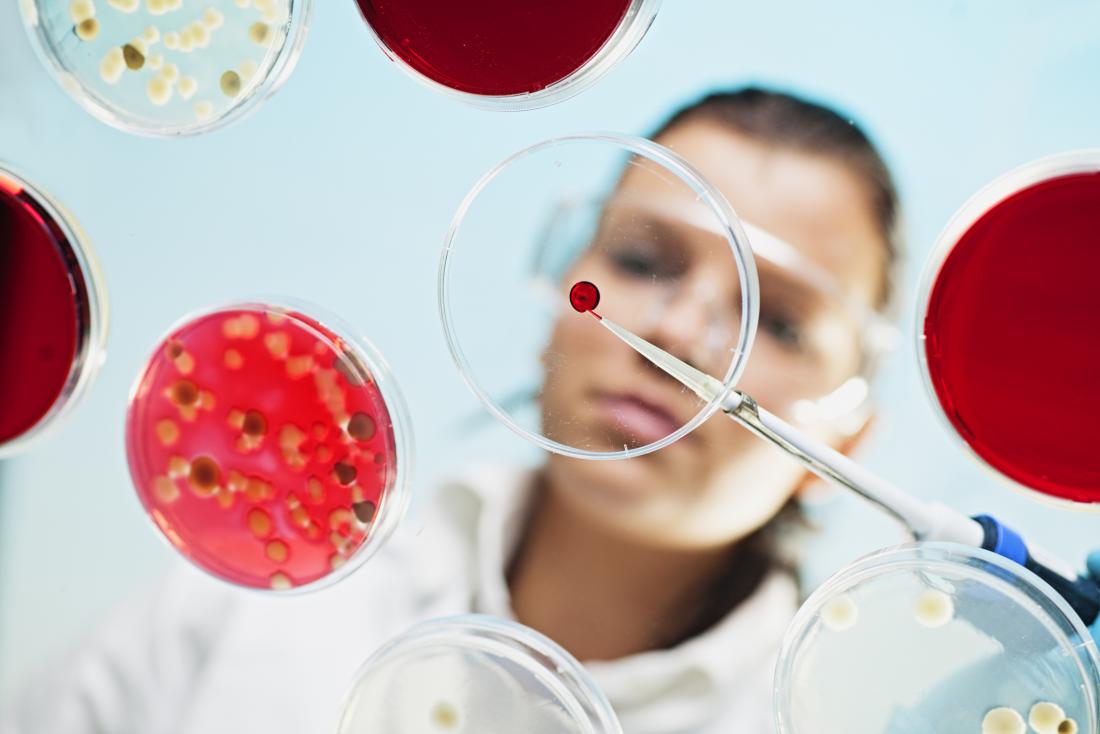Antibiotic plus probiotic combination may kill off superbugs

An innovative approach uses a biocompatible material to encapsulate probiotic bacteria and combines them with antibiotics to tackle treatment-resistant infections.
Every year, over 2 million people in the United States develop infections that are resistant to treatment, and approximately 23,000 people die as a result.
These statistics have prompted the Centers for Disease Control and Prevention (CDC) to deem drug resistance "one of the biggest public health challenges of our time."
Therefore, researchers are hard at work trying to develop ingenious ways of tackling so-called superbugs — bacteria that have become immune to antibiotic treatment.
Lately, researchers have added probiotics to their arsenal against superbugs. Probiotics are beneficial bacteria found in foods, such as yogurt, kefir, pickles, or miso soup.
Only a month ago, for example, a study suggested that simply consuming probiotics on a regular basis could reduce the need for antibiotics, thus helping to curb the drug resistance crisis.
Now, researchers used probiotics to create a "killer" combination that destroyed two strains of treatment-resistant bacteria.
The two co-senior and corresponding authors of the study are Ana Jaklenec, a research scientist at the Koch Institute for Integrative Cancer Research at the Massachusetts Institute of Technology in Cambridge, MA, and Robert Langer, the David H. Koch Institute Professor at MIT.
Zhihao Li is the first author of the paper, now published in the journal Advanced Materials.
Using alginate to encapsulate probiotics
The study's first author explains the problem of tackling antibiotic resistant infections with probiotics.
On the one hand, he says, probiotics have been somewhat successful at tackling bacteria when applied to wounds. However, probiotics are usually not enough to destroy all of the bacteria found in a wound infection.
On the other hand, Li says, adding antibiotic to the mix would kill too many bacteria, including the beneficial probiotics.
So, Li and colleagues set out to find a workaround by enclosing the probiotics in a shell that protects them from being destroyed by the antibiotic. They chose a material called alginate to design the shell.
Alginate stood out to the researchers as a good choice for two main reasons. Firstly, it is a component of the biofilm that bacteria naturally form when they are trying to shield themselves from antibiotics. Secondly, doctors already use the component in the treatment of wounds.
"We looked into the molecular components of biofilms, and we found that for Pseudomonas infection, alginate is very important for its resistance against antibiotics," Li says. "However, so far no one has used this ability to protect good bacteria from antibiotics."
